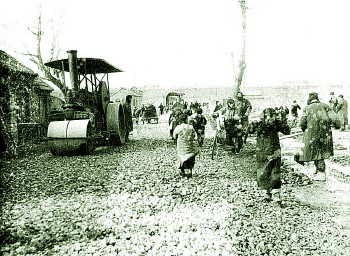
construction of

Construction in the dry building door in the same year, dismantling the wall construction The road around the city, this is a section of the demolition dry door
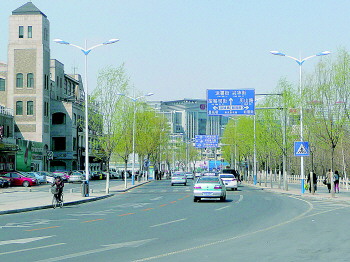
today, the black tiger spring north road is the original city wall base site.
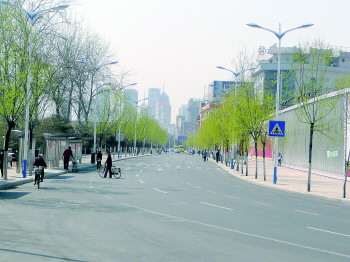
today, the black tiger spring road is also the original site of the city wall. The newspaper reporter Zhao Guolu takes
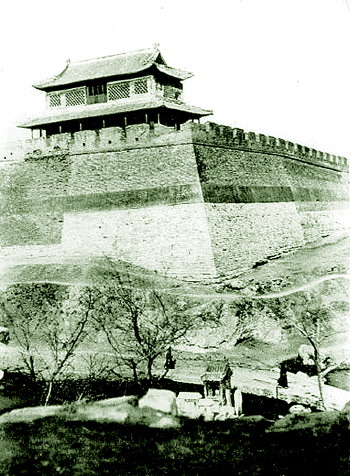
1928, the southeast corner tower of Ji'nan city (now the pavilion area).
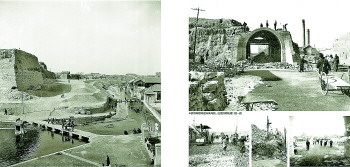
landscape

in 50s of last century, dismantling the cushion production road of the West fair wall.
What did Ji'nan look like half a century ago? Many people in Ji'nan, who live in the ever-changing world, are inexplicably curious about the city's past. In a collection of old photographs of the Ji'nan urban construction archives, a group of little-known pictures of the 1950s provided images for people to look back on history. Let's go through the "time tunnel" to discover the difference and distance between history and reality. Please pay attention to this series of topics on yesterday's Ji'nan column.
- editor's
thematic planning: life daily Ji'nan city construction archives
newspaper correspondent Qiao Runsheng reporter Wang Lei
old Ji'nan has two walls inside and outside. On the old map, the outline of the city of Ji'nan outlined by these two walls is like a great treasure. Many old Jinan people still remember the walls and towers of those years.
the inner city of Ji'nan was originally located on the inside of the moat of today. Originally for the Earth City, the early Ming Dynasty was changed to the masonry wall in the early years of the Ming Dynasty. It has experienced 5 major repairs, 6.4 kilometers long, the ground is 9 - 10 meters high, the base width is 12 meters, the top width is about 10 meters; the lower green square stone base is about 2.5 meters on the ground, the upper green brick is masonry, and each brick weighs 10 to 15 kg. In the middle of the city walls, the loess is rammed and it is very strong. The outer city of Ji'nan is also known as the "Wei Zi wall". In addition to the overlap between the north and the inner city, the three sides of the East, West and South are roughly the area of Lishan Road, Shun he street and Cultural West Road.
although the "53" massacre in 1928 and the battle of Ji'nan in 1948, the walls of Ji'nan and the main body of the wall were still in the early days of the founding of new China. In order to improve urban traffic, Ji'nan began to demolish its original walls and wall in February 28, 1950. At that time, a lot of unemployed people needed to be rescued. At the time, the demolition of the city wall project was initially carried out by means of work relief, and a large number of unemployed people were mobilized to take part in the demolition work. The old bricks and stones removed by
have not been wasted. Instead, they have built the shores of Daming Lake and paved the people's shopping malls and other municipal works. The demolition of the city wall lasted for more than 10 years. By 1966, the South and East City roots were demolished. The black tiger spring West Road and the black tiger spring north road were built. Only a part of the southeastern corner of the old city was left. As the base of "Jie Fang Pavilion", it was built and built in October 1986.
Mr. Yu Shudian, a famous planning expert in Ji'nan, is 79 years old. He took part in Ji'nan's urban planning and design work in the early days of new China. He recalled that the demolition of the city walls was arranged and dispatched by the North City Engineering Office in the Pearl Spring courtyard. Stone and brick were first removed, and the soil inside the walls was gradually used up. In those days, he used to take part in voluntary labor on Sunday to demolish the walls and move to the North Park. "At that time, the nearby masses often came to dig up the walls of the city to mix them with coal to make coal cakes and cook them for cooking."